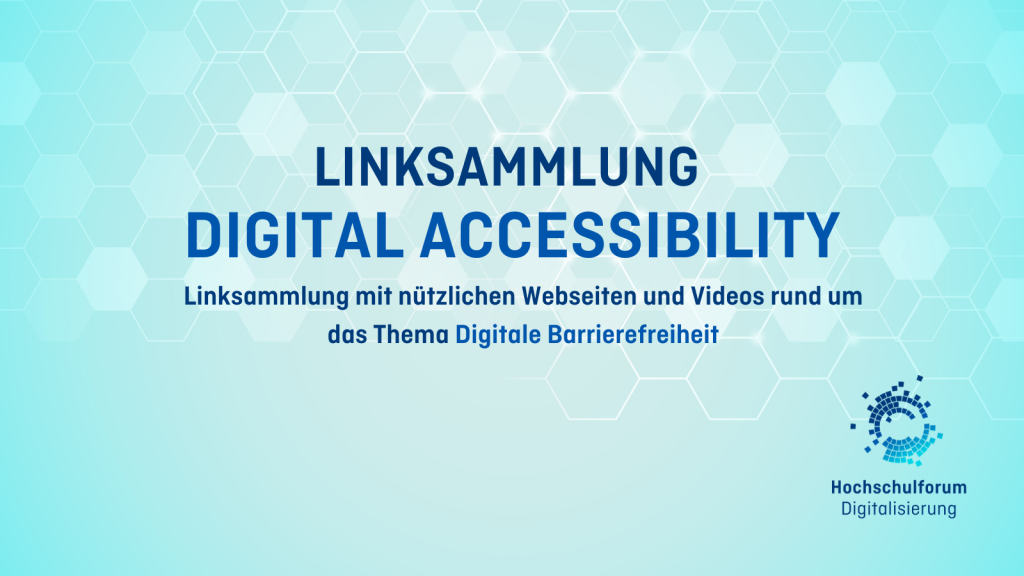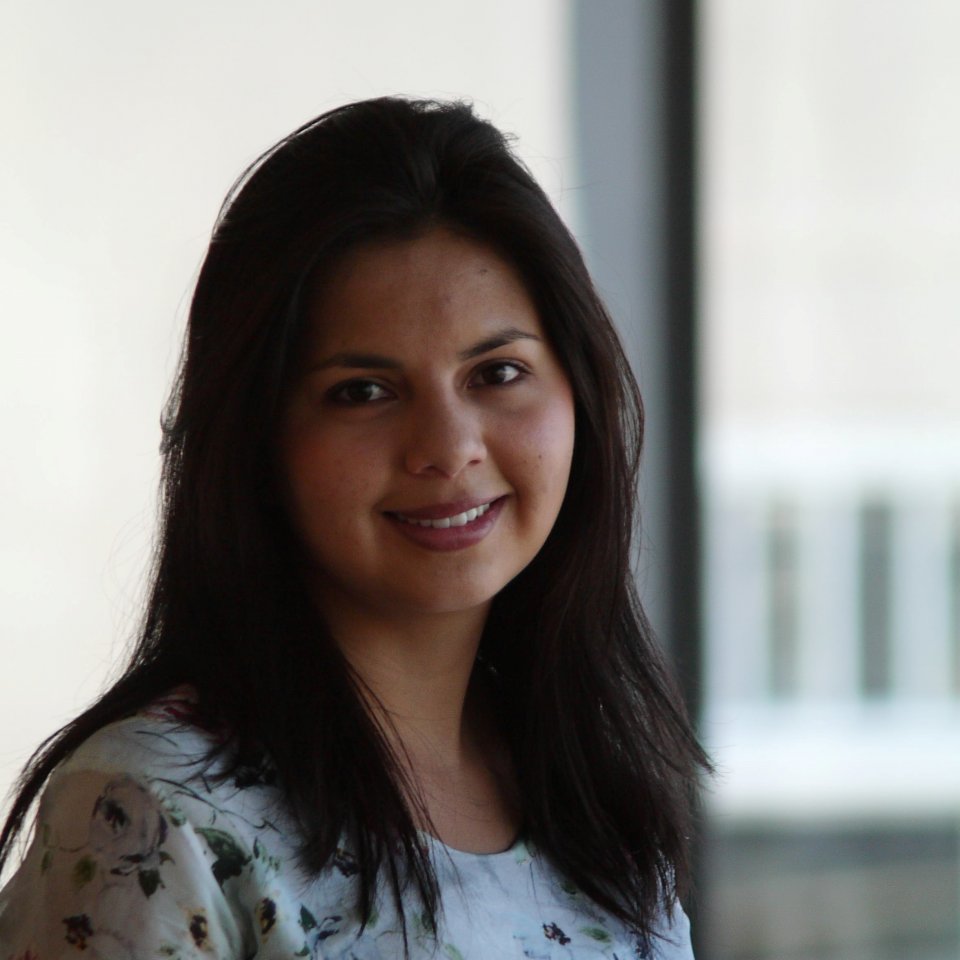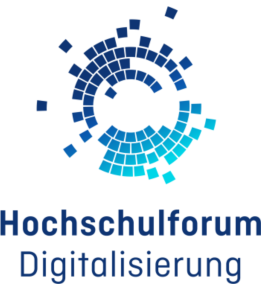Link collection of the Digital Accessibility Working Group
What does digital accessibility mean and how is it implemented correctly? The link collection of the WP Digital Accessibility contains helpful instructions and application examples around the topic of digital accessibility. How to make your own documents and digital media accessible.

As an Introduction:
- “Digitale Barrierefreiheit im Hochschulkontext”: Leitfaden der Arbeitsgruppe Digital Accessibility, published in November 2022.
- “Barrierefreie Dokumente mit Markdown, LaTeX und PDF erstellen” (Dr. Björn Fisseler, Open University Hagen): Brief introduction and tips on how to create accessible documents using Markdown, LaTeX and PDF.
- “Software automatisiert auf Barrierefreiheit prüfen mit Marlems Barriere Software Checker”: The developer Markus Lemcke explains the functionality and application of his software “Marlem’s Barrier Software Checker”.
Instructions and application examples:
The following videos and websites are good and practical guides from different universities and organizations to make their own documents accessible:
Leipzig University
- Grundlagen digitaler Barrierefreiheit | 1/8 der Videoreihe “Digitale Barrierefreiheit” (mit DGS) (December 2022): 8-part video series by the Equal Opportunities Office of the University of Leipzig.
Berlin University of Applied Sciences
- Accessible learning materials: Video tutorials and link collection for accessible teaching
State Center for Accessible IT (LBIT), Hesse
- Video accessibility: Checklist (PDF), Explainer video
- Accessible websites with HTML: Checklist (PDF), Explainer video
- Colors and contrasts: Checklist (PDF), Explanation video
- Linking: Checklist (PDF), Explanation video
- Page titles for web pages: Checklist (PDF), Explainer video
- Checklist for tables: Checklist (PDF), Explanation video
- Headlines: Checklist (PDF), Explanation video
- Accessible documents (Word and PDF): Checklist (PDF), Explanatory video
- Accessible images and graphics: Checklist (PDF), Explanation video
- Accessibility statement: Checklist (PDF), Explanation video
University of Potsdam
- “Barrierefreie Lehre an der Universität Potsdam”. (March 2022): 8-part video series of the University of Potsdam on the creation of various accessible media.
Competence Center Digital Accessibility, Stuttgart Media University
- Accessible Word: Extended checklist according to EN 301 549. Exact list of requirements for Word documents according to the legal requirements for public bodies.
- Accessible PowerPoint: Extended checklist according to EN 301 549. Exact list of requirements for PowerPoint slides according to the legal requirements for public bodies.
- Video: Apple – VoiceOver (Screenreader) Demonstration. Klaus Honold from the Competence Center demonstrates how he uses VoiceOver to edit a Word document.
- Video: Apple – Zoom (Magnification) Demonstration. Klaus Honold from the Competence Center shows how he uses the screen magnification in macOS to browse a web page.
Goethe University/THM / HessenHub (Network #DigiBar)
- #DigiBar: About the #DigiBar network and more news about digital accessibility
- An Alle(s) gedacht?: The “Kampagne Digitale Barrierefreiheit” addresses the question of how to make university members aware of barriers in digital media.
- “Digitale Barrierefreiheit in der Bildung weiter denken. Innovative Impulse aus Praxis, Technik und Didaktik”: Freely available anthology, published by the #DigiBar network.
- Digi[Snack]Bar: Micro training on digital accessibility.: Micro-training on digital accessibility, in collaboration with the Hochschulforum Digitalisierung.
Download Digital Accessibility link collection as PDF
Contact
 Luisa Gregory
Luisa Gregory
 Estefania Velasquez
Estefania Velasquez
Digital Accessibility Guidelines

How can digital accessibility be anchored structurally, i.e. institutionally, within universities? Are qualifying measures for teachers the key to a wide range of accessible materials? Or is it rather the entire university system that needs to be taken into account? And how can the added value be conveyed that accessible websites and materials are also of great benefit to foreign students, for example, and that the university as a whole benefits from this? Answers to these and other questions are provided by our experts in the Digital Accessibility Working Group, whose final paper is this guide.

